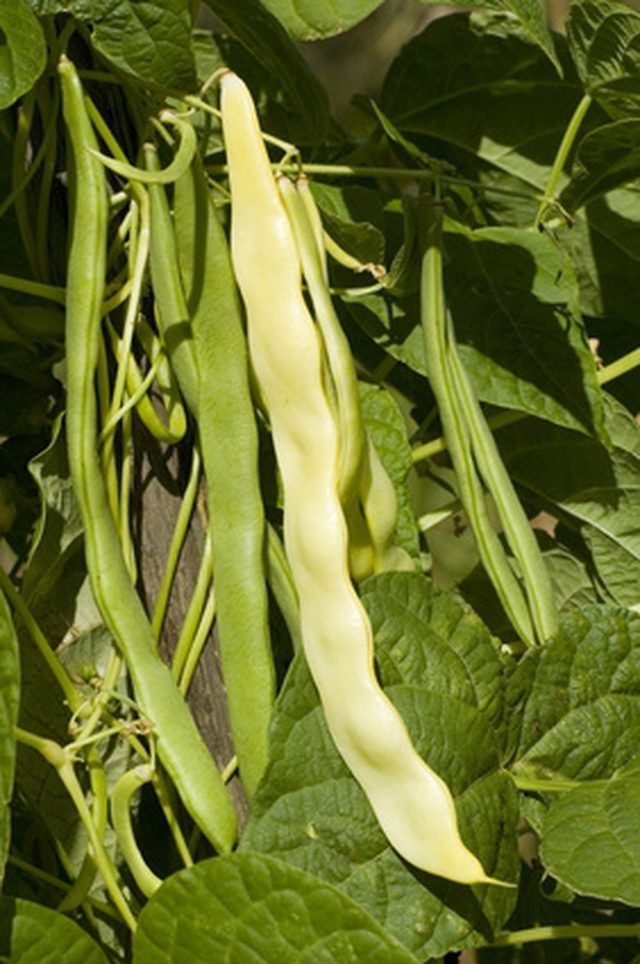Bulbs
Flower Basics
Flower Beds & Specialty Gardens
Flower Garden
Garden Furniture
Garden Gnomes
Garden Seeds
Garden Sheds
Garden Statues
Garden Tools & Supplies
Gardening Basics
Green & Organic
Groundcovers & Vines
Growing Annuals
Growing Basil
Growing Beans
Growing Berries
Growing Blueberries
Growing Cactus
Growing Corn
Growing Cotton
Growing Edibles
Growing Flowers
Growing Garlic
Growing Grapes
Growing Grass
Growing Herbs
Growing Jasmine
Growing Mint
Growing Mushrooms
Orchids
Growing Peanuts
Growing Perennials
Growing Plants
Growing Rosemary
Growing Roses
Growing Strawberries
Growing Sunflowers
Growing Thyme
Growing Tomatoes
Growing Tulips
Growing Vegetables
Herb Basics
Herb Garden
Indoor Growing
Landscaping Basics
Landscaping Patios
Landscaping Plants
Landscaping Shrubs
Landscaping Trees
Landscaping Walks & Pathways
Lawn Basics
Lawn Maintenance
Lawn Mowers
Lawn Ornaments
Lawn Planting
Lawn Tools
Outdoor Growing
Overall Landscape Planning
Pests, Weeds & Problems
Plant Basics
Rock Garden
Rose Garden
Shrubs
Soil
Specialty Gardens
Trees
Vegetable Garden
Yard Maintenance
Fertilizer for Pole Beans
Fertilizer for Pole Beans. Pole beans are prolific summer vegetables that produce long, thin, nutrition-rich green beans all summer, or at least as long as ripe bean pods continue to be picked. Many gardeners prefer pole beans to similar bush bean varieties because of their long season and greater productivity, though pole beans do require a sturdy...

Pole beans are prolific summer vegetables that produce long, thin, nutrition-rich green beans all summer, or at least as long as ripe bean pods continue to be picked. Many gardeners prefer pole beans to similar bush bean varieties because of their long season and greater productivity, though pole beans do require a sturdy trellis or other support for their vining stems to climb. In most soils, pole beans require little extra nutrition--especially nitrogen, which legumes such as beans can produce for themselves. Correct soil pH, preferably between 5.5 and 6.0, encourages nutrition uptake.
Nitrogen Fixation
Pole beans and other legumes require less nitrogen than other vegetables because they can "fix" nitrogen on their own. Nitrogen fixation occurs in the soil due to a symbiotic relationship between root nodules of legumes and associated microorganisms. These microorganisms get food and energy from the plant's roots while "fixing" atmospheric nitrogen--converting it into a form that the plant can use for its own growth and development. In reasonably healthy soils about half the nitrogen legumes need is provided through fixation.
Excess Nitrogen
Most people think fertilizer is a good thing for plants, but this is not always the case. Applying too much fertilizer can actually damage plants or limit their productivity. Too much fertilizer on pole beans--and excess nitrogen especially--can stimulate too much foliage or vine growth and inhibit the development of bean pods. Adding fertilizer when it's not needed, or using strong fertilizers or using too much, can damage plants and diminish yields.
Commercial Fertilizer
In most soils a fairly light low-nitrogen fertilizer, such as 5-10-10, should suffice for green beans. Prior to planting, work fertilizer into the ground to a depth of about 6 inches, applying about 1 cup per 50 feet of row. Commercial growers may use 10-20-20 fertilizer, applying less, then adding a small amount of nitrogen as side dressing when vines begin climbing and again at flowering, the point being to apply nitrogen only as needed--and when needed--to avoid nitrate runoff.
Organic Fertilizer
Many organic and almost-organic gardeners keep the emphasis on steady soil building over time, adding composted manure, shredded leaves, straw and garden compost on a regular basis and never adding extra fertilizers for crops such as pole beans. In poor soils, well-rotted horse or steer manure worked thoroughly into the soil to a depth of about 12 inches will begin to improve the moisture-retaining qualities of the soil while also providing slow-release plant nutrition.
Special Considerations
In sandy soils and with heavy rains that leach nutrients during the growing season, a side dressing of fertilizer, worked shallowly into the soil on one side of the row, may be advisable after flowering and pod set have started. Another special-needs situation involves growing pole beans in containers filled with potting mix. Apply low or moderate levels of liquid fertilizer at flowering and pod set, to make sure basic nutrition is adequate.